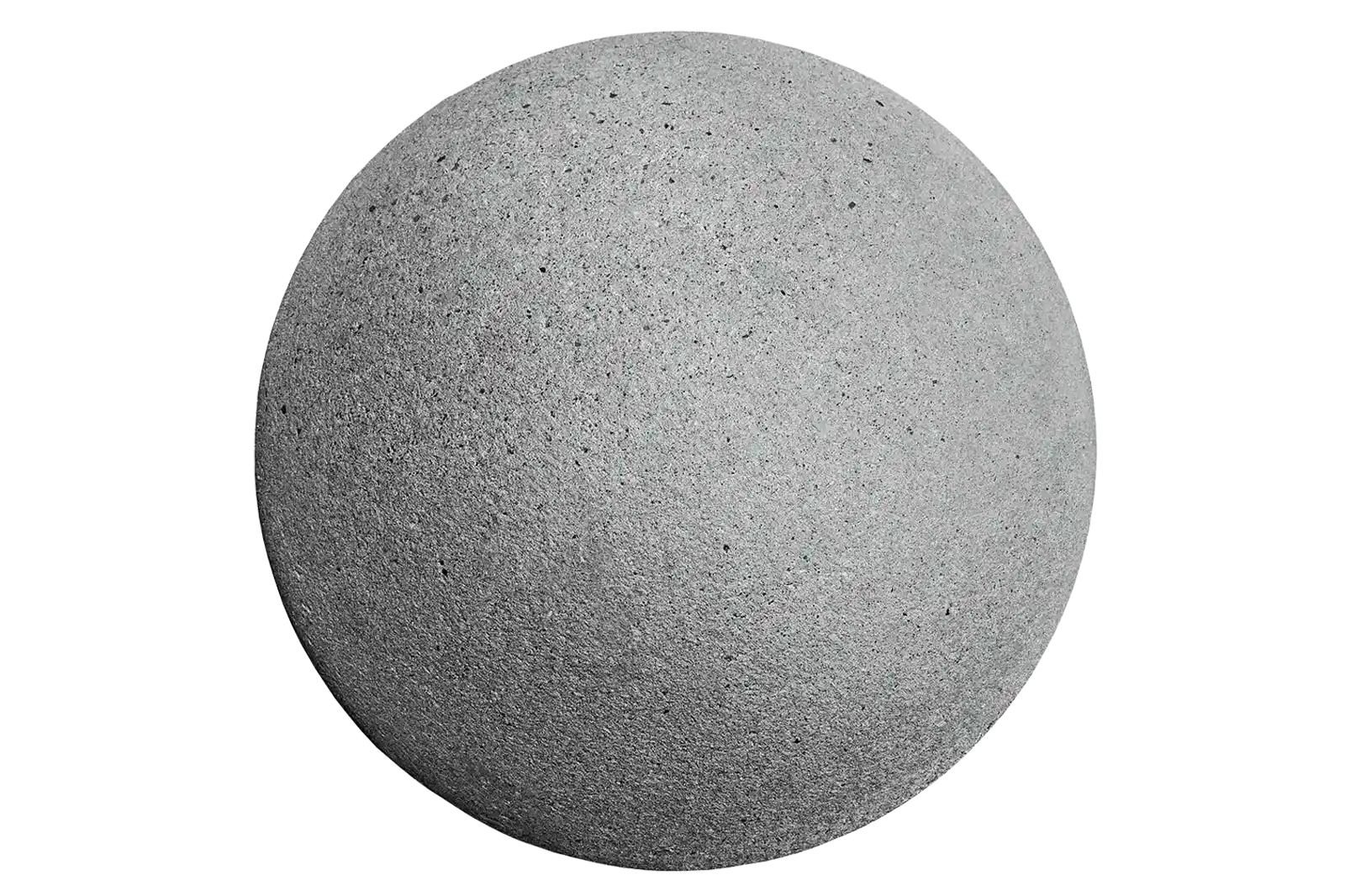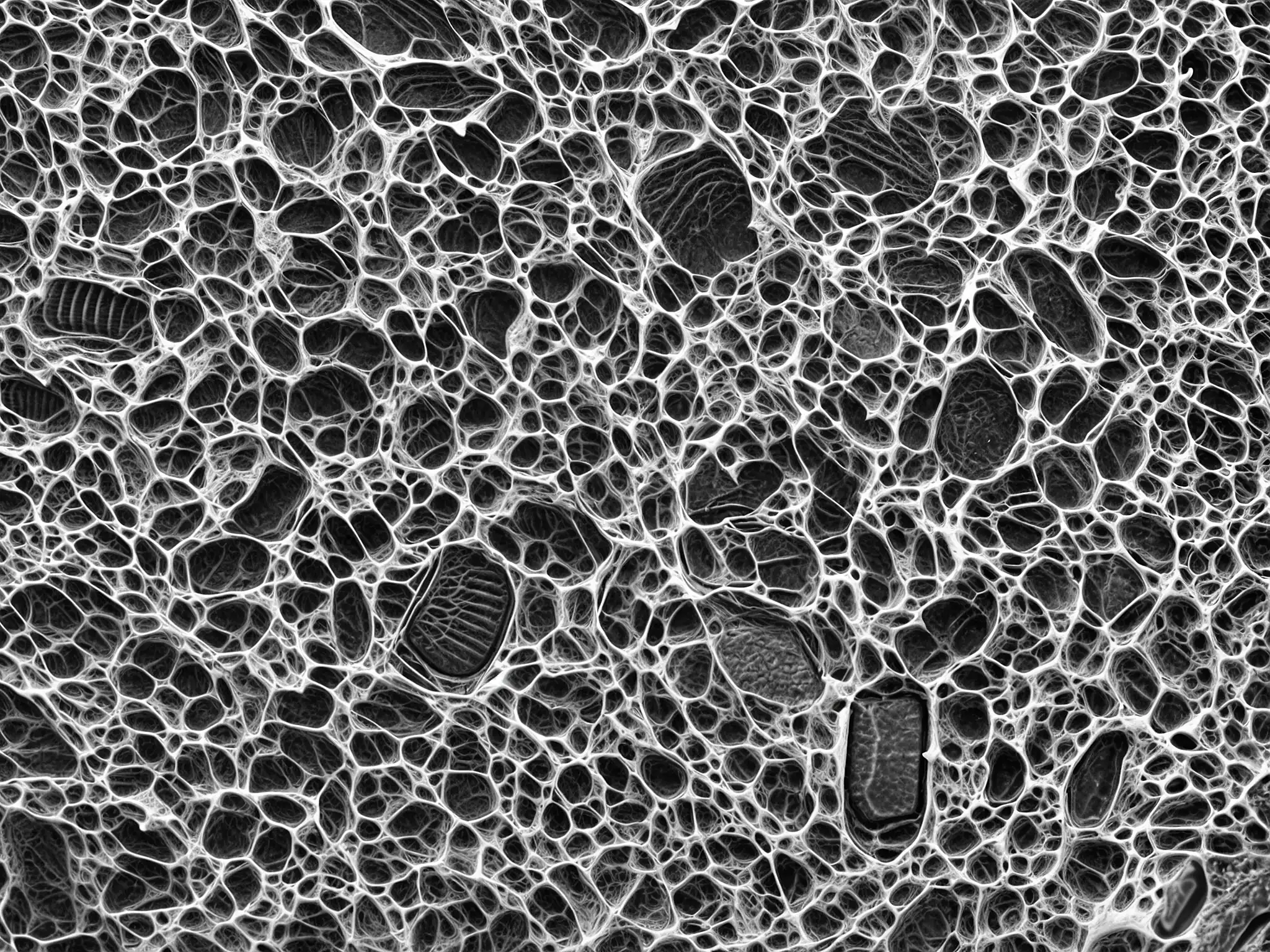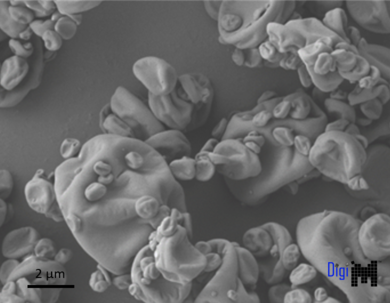Products We Support
Our solutions are designed to solve hurdles for every stage of product development, across nearly all dosage forms and therapeutic modalities.
Our Expertise
In Numbers
Programs Supported
Formulations Digitized
Pharmaceutical Partners

Our Process
Advanced Microscopy
A true understanding of the drug product starts with a visual understanding. From intermediates to the final product, we apply correlative 3D imaging to assess the structures dictating performance and quality.
Microstructure CQAs
An integral part of the product development lifecycle is the use of quality by design and selection of critical process parameters. Applying our proprietary AI image analysis and digitization, we collect a unique suite of attributes to discriminate CQAs and accelerate decision making.
In Silico Dissolution
Common approaches to prediction of drug performance oversimplify the microstructures and particle properties. Our pixel based approach uses real world structures to quantify mass transport and predict release behavior.

Resources
Transform Your Program with Microstructure Science
Get started with a drug product digital twin.



























